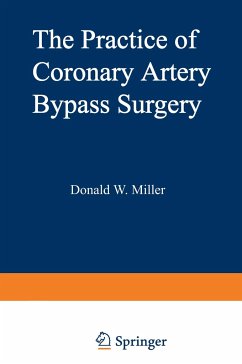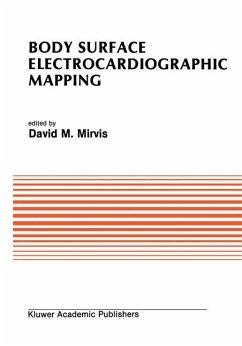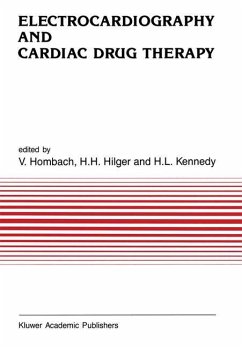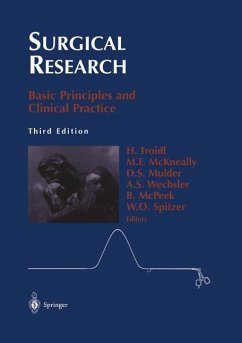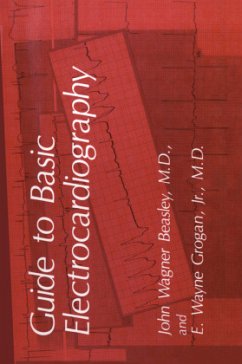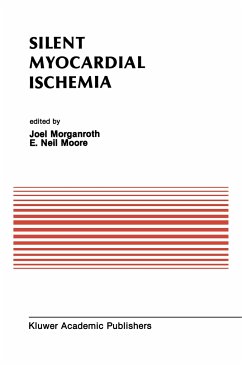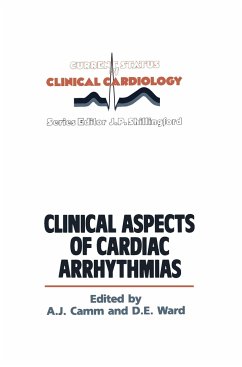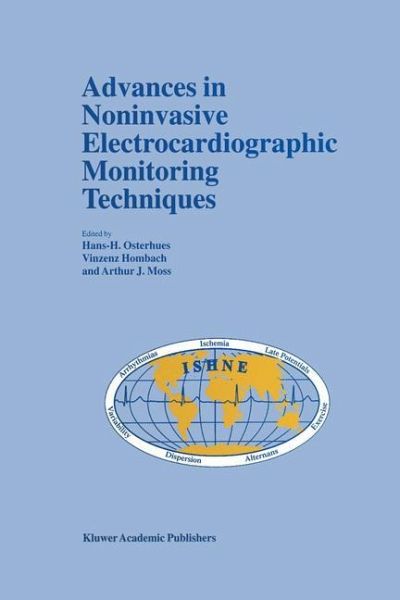
Advances in Noninvasive Electrocardiographic Monitoring Techniques

PAYBACK Punkte
76 °P sammeln!
Noninvasive electrocardiographic monitoring is a fundamental part of cardiology. Depending on continuous improvements and developments of new technologies, these methods are essential for diagnosis and risk stratification of patients. The rapid changes in the capabilities, technologies and diagnostic values of the different methods force us to update our knowledge continuously. This book offers a comprehensive overview of the current state and future developments in the field of noninvasive electrocardiographic monitoring techniques. In addition, related fields such as magnetocardiography, ne...
Noninvasive electrocardiographic monitoring is a fundamental part of cardiology. Depending on continuous improvements and developments of new technologies, these methods are essential for diagnosis and risk stratification of patients. The rapid changes in the capabilities, technologies and diagnostic values of the different methods force us to update our knowledge continuously.
This book offers a comprehensive overview of the current state and future developments in the field of noninvasive electrocardiographic monitoring techniques. In addition, related fields such as magnetocardiography, newer signal detection and analysis techniques as well as ambulatory blood pressure monitoring are reported. The different methods are discussed with regard to methodological aspects, latest technical developments and clinical value of results. Furthermore, review articles focus on the autonomic nervous system, monitoring of ischemic heart disease, quality control and standardization of monitoring techniques.
A group of international experts in science and clinical practice have contributed to this book, which is supported by the International Society for Holter and Noninvasive Electrocardiography (ISHNE). The book is addressed to clinical and academic cardiologists as well as scientists.
This book offers a comprehensive overview of the current state and future developments in the field of noninvasive electrocardiographic monitoring techniques. In addition, related fields such as magnetocardiography, newer signal detection and analysis techniques as well as ambulatory blood pressure monitoring are reported. The different methods are discussed with regard to methodological aspects, latest technical developments and clinical value of results. Furthermore, review articles focus on the autonomic nervous system, monitoring of ischemic heart disease, quality control and standardization of monitoring techniques.
A group of international experts in science and clinical practice have contributed to this book, which is supported by the International Society for Holter and Noninvasive Electrocardiography (ISHNE). The book is addressed to clinical and academic cardiologists as well as scientists.




